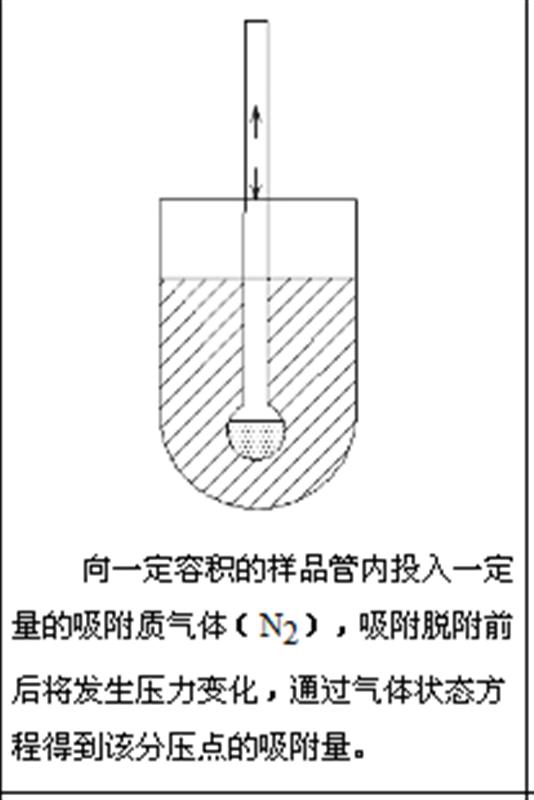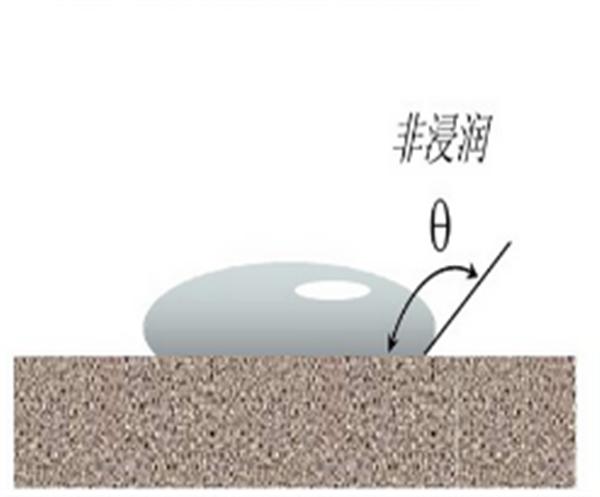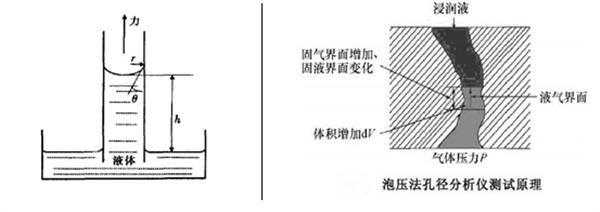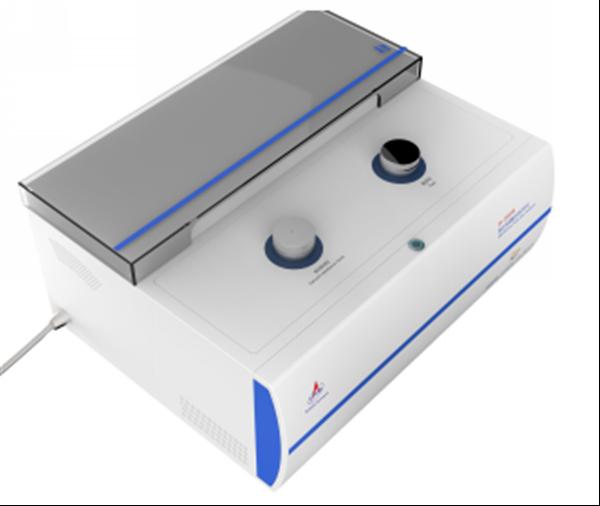 Second, the mercury intrusion method 1. Test principle: With the external force, the mercury is pressed into the dry porous sample, the volume of mercury in the sample is measured as a function of pressure, and the pore size distribution of the sample is calculated accordingly. This method also converts the airtight U-shaped holes, so the reference value of the measurement results is not large. If you want to test a small pore size, such as below 100nm, you need a very large pressure (20MPa or more) to inject mercury into the pores of the material. Such a large pressure is absorbed by the general material. Under high pressure, the pore structure of the membrane material will be deformed or even Pressure, resulting in deviation from the theoretical value; 2. Aperture test range: 50nm-500um 3. Test membrane material pore size Disadvantages: (1) Aperture range: 50nm-500um; if you want to test a smaller pore size, such as below 100nm, you need to be very large The pressure (above 20MPa) can inject mercury into the pores of the material, so that the large pressure can not be tolerated by ordinary organic materials. Under high pressure, the pore structure of the membrane material will be deformed or even collapsed, causing the result to deviate from the theoretical value; Pressure method, the pressure applied to the material is much smaller; (3) Like nitrogen adsorption, mercury intrusion method can not distinguish between through holes and blind holes, and can not characterize the size of the hole throat. 4. Test schematic
Second, the mercury intrusion method 1. Test principle: With the external force, the mercury is pressed into the dry porous sample, the volume of mercury in the sample is measured as a function of pressure, and the pore size distribution of the sample is calculated accordingly. This method also converts the airtight U-shaped holes, so the reference value of the measurement results is not large. If you want to test a small pore size, such as below 100nm, you need a very large pressure (20MPa or more) to inject mercury into the pores of the material. Such a large pressure is absorbed by the general material. Under high pressure, the pore structure of the membrane material will be deformed or even Pressure, resulting in deviation from the theoretical value; 2. Aperture test range: 50nm-500um 3. Test membrane material pore size Disadvantages: (1) Aperture range: 50nm-500um; if you want to test a smaller pore size, such as below 100nm, you need to be very large The pressure (above 20MPa) can inject mercury into the pores of the material, so that the large pressure can not be tolerated by ordinary organic materials. Under high pressure, the pore structure of the membrane material will be deformed or even collapsed, causing the result to deviate from the theoretical value; Pressure method, the pressure applied to the material is much smaller; (3) Like nitrogen adsorption, mercury intrusion method can not distinguish between through holes and blind holes, and can not characterize the size of the hole throat. 4. Test schematic 

The liquid mercury between the particles is pressed into the pores, and the pore size invaded by the mercury is a function of the pressure used; the sample tube on the right is used to measure the mercury injection/evaporation volume through the metal jacket and the electrode cap (plate electrode).
Third, the bubble point test principle: When the channel is blocked by the liquid wetting agent, due to the surface tension of the wetting agent, if the hole is opened by gas at this time, it is necessary to apply a certain pressure to the gas, and the hole is more Smaller the pressure required to open the hole. By comparing the relationship between the pressure and the gas flow rate of the porous material in the dry and wet state, the pore size distribution of the sample can be obtained by calculation according to a certain mathematical model.

2. Aperture test range: 20nm-500um3. For the gas-liquid discharge method, due to the large interfacial tension between gas and liquid, the smaller pore size can only be measured by increasing the gas pressure, but the high pressure is easy to cause gas leakage, sample deformation, A series of problems such as pressure drop. The drawback of the bubble point method is that it is not suitable for measuring membrane materials with small pore sizes. 4. Instrument test report screenshot


5. Instrument picture
 IV. Suspension filtration method 1. Test principle: The spherical particle suspension is used as the medium, and the sample to be tested is used for cross-flow filtration, and the pore size distribution can be calculated by comparing the particle size distribution changes in the original suspension and the permeate. The diameter of the largest particle in the permeate is the maximum pore size of the porous material. Five, liquid-liquid elimination method 1. The test principle is similar to the bubble point method, and is also used to measure the pore throat, but only another liquid that is incompatible with the wetting agent is used instead of the gas as the cell opener; 2. Test Principle: 10nm-200um3. Test membrane material pore size advantages and disadvantages: Because the liquid-liquid interface tension is small, only a small pressure is required when measuring a large aperture, so the pressure measurement error is large, and the optimal measurement range is 10 nm. Up to 200 microns. Bubble pressure method (gas-liquid displacement) The pressure-aperture correspondence is calculated according to the formula: D=4γCosθ/△P, as follows:
IV. Suspension filtration method 1. Test principle: The spherical particle suspension is used as the medium, and the sample to be tested is used for cross-flow filtration, and the pore size distribution can be calculated by comparing the particle size distribution changes in the original suspension and the permeate. The diameter of the largest particle in the permeate is the maximum pore size of the porous material. Five, liquid-liquid elimination method 1. The test principle is similar to the bubble point method, and is also used to measure the pore throat, but only another liquid that is incompatible with the wetting agent is used instead of the gas as the cell opener; 2. Test Principle: 10nm-200um3. Test membrane material pore size advantages and disadvantages: Because the liquid-liquid interface tension is small, only a small pressure is required when measuring a large aperture, so the pressure measurement error is large, and the optimal measurement range is 10 nm. Up to 200 microns. Bubble pressure method (gas-liquid displacement) The pressure-aperture correspondence is calculated according to the formula: D=4γCosθ/△P, as follows: Dc Power Contactor,Contactor Relay,Dc Contactor Relay,Dc Magnetic Contactor
NanJing QUANNING electric Co.,Ltd , https://www.quanningtrading.com